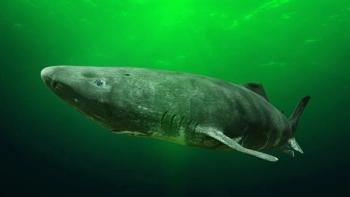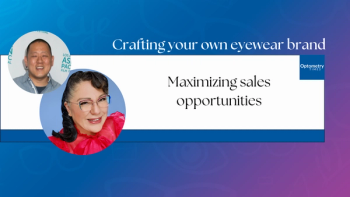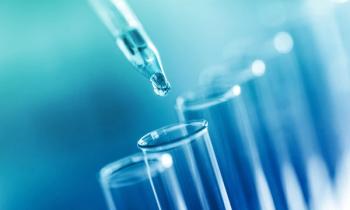
Screening for and treating MGD to prevent CL drop outs
Kelly Nichols, OD, FAAO, PhD, MPH, Dipl PH, says she would like to see optometrists screen for meibomian gland dysfunction during eye exams and consider the condition when treating patients who are experiencing discomfort with their contact lenses.
Atlanta, GA-Kelly Nichols, OD, FAAO, PhD, MPH, Dipl PH, says she would like to see optometrists screen for meibomian gland dysfunction during eye exams and consider the condition when treating patients who are experiencing discomfort with their contact lenses.
“As a profession, we are poised to be preventative, but we tend to be reactive,” says Dr. Nichols.
Contact lens patients cite dryness and discomfort as the main reasons for decreasing or discontinuing their use of lenses. Dr. Nichols says MGD may be the leading cause of dry eye disease throughout the world.
How many people have MGD? Dr. Nichols says that answer has varied drastically-as low as 3.5% to as high as 69.5%-based on the sample and the definition of MGD used. Asian countries have reported a higher prevalence-as high as 65%-but Dr. Nichols says it is unknown if it is ethnicity related.
When ODs are working with a patient with lens discomfort, they often choose to refit the patient with a lens in a different material, recommend rewetting drops or lubricants, or change the care solutions. If the discomfort persists even after removing the lenses, Dr. Nichols says she would like to see doctors addressing the underlying condition because contact lenses can cause MGD, and MGD can cause discomfort for contact lens wearers.
Dr. Nichols says eyecare practioners should recommend warm compress therapy twice a day for 2 weeks. She says doctors should also consider recommending omega-3s and prescribing Restasis (cyclosporin, Allergan).
Newsletter
Want more insights like this? Subscribe to Optometry Times and get clinical pearls and practice tips delivered straight to your inbox.













































